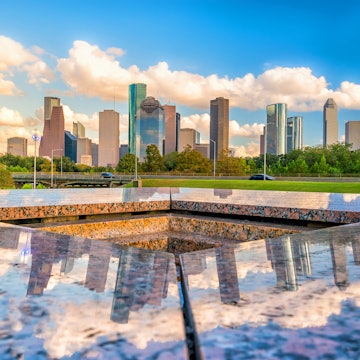
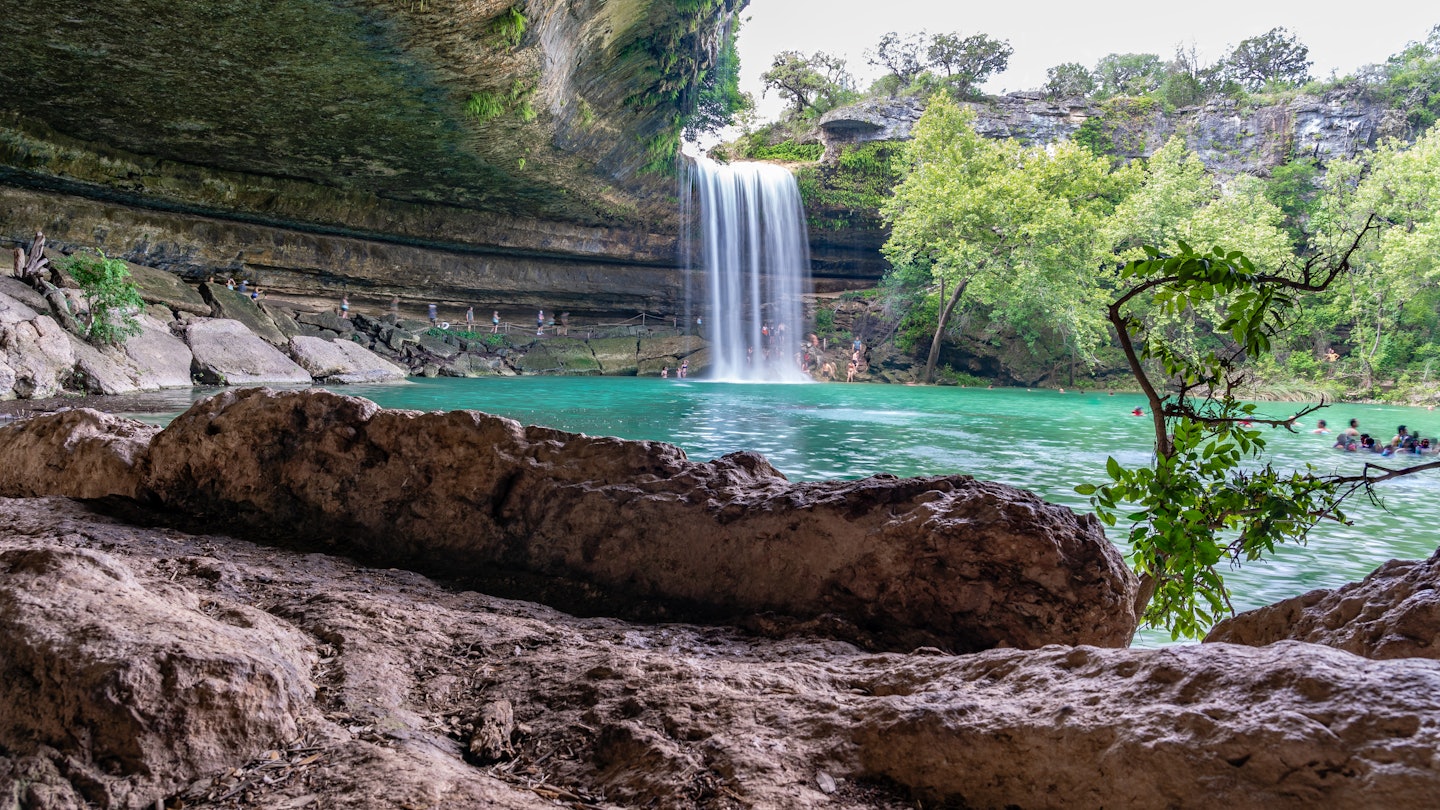
Hamilton Pool in Texas Hill Country. CDLR Photography/Shutterstock
Planning a trip to Texas can be overwhelming. And while Hollywood cliches may conjure up images of weathered cowboys and dusty saloons, there is a wide variety of museums, architecture, outdoor adventures and, of course, delicious food you won’t want to miss. There's so much to do, you'll probably need a car to get around.
We’ve rounded up some of the best experiences across the Lone Star State, from the desert mountains of West Texas to the river-bound cities of Austin, San Antonio and Dallas.
1. Learn about what really happened to JFK in Dallas at the Sixth Floor Museum
Dallas means many things to many people, but for tourists, the city is still indelibly linked to the assassination of President John F Kennedy. Movies and conspiracy theories have kept this momentous event alive in the popular consciousness ever since November 22, 1963. To understand what unfolded on that fateful day, the best place to start is the Sixth Floor Museum set in the very room in the former Texas School Book Depository where Lee Harvey Oswald – then an employee – lay in wait.
Dealey Plaza, across the street from the museum, is where JFK was assassinated. The Xs on the road mark the spots where the second and third bullets hit the president (the first shot missed). A few steps away, the Grassy Knoll overlooking the road attracted much attention in the immediate aftermath. Some witnesses claim they heard shots coming from this area, but investigators found no evidence of a second assassin. The whole area is now a National Historic Landmark, with several signs detailing the day’s events.
Detour: One block away, the John F Kennedy Memorial pays tribute to the president, though architect Philip Johnson’s austere concrete monument – meant to represent an open tomb – doesn’t get much love from Dallasites.
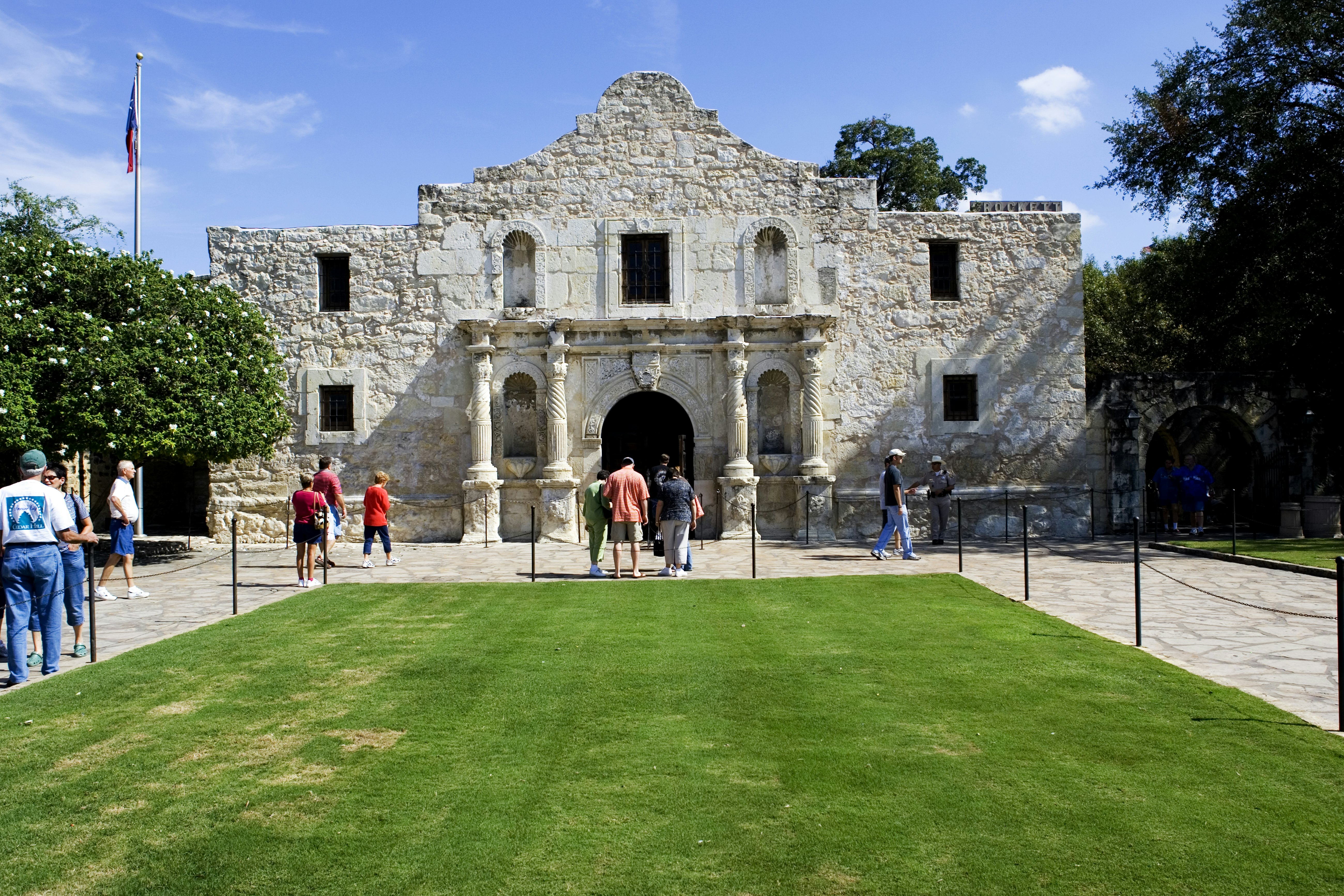
2. Explore the historic Alamo and iconic River Walk in San Antonio
San Antonio, with some of the state’s oldest architecture and the Missions – the only UNESCO World Heritage Site in Texas – is one of the best places to visit in Texas. For proud Texans, the much-fabled Alamo – where a few hundred revolutionaries, including Davy Crockett, William Travis and James Bowie, died defending the fort against thousands of Mexican troops in 1836 – is not so much a tourist attraction as a place of pilgrimage. The Long Barrack, dating from 1740, is where the Americans made their last stand. Learn more about the battle at the Alamo Exhibit, which houses historical artifacts and a massive diorama of the 1830s-era site.
The 15-mile River Walk is another essential part of the San Antonio experience. Wandering this charming network of canals and pedestrian walkways, set just below the downtown streets, you pass landscaped gardens and riverfront cafes, and linger on stone footbridges that arch gracefully across the water.
There is some exciting modern architecture as well. Hemisfair, the original site of the 1968 World’s Fair, is undergoing an extensive restoration to create a new city neighborhood. The sky deck of the Tower of the Americas may be a bit of a tourist trap, but the view from the top is well worth it.
3. Take a dip in a Hill Country swimming hole
While there are several natural springs to choose from in the sprawling Texas Hill Country, the quaint tree-lined town of Wimberley is the gateway to some of the best. When the water is flowing at Hamilton Pool, there’s a 50ft waterfall surrounded by a fern-drenched grotto. Blue Hole Regional Park offers an scenic swim, shaded by towering cypress trees. Just a short drive from the town’s main street, Jacob’s Well is one of the state’s largest fully submerged caverns.
Planning tip: A cool dip is the perfect way to beat that scorching Texas sun, but be sure to make advance reservations for these highly sought-after swimming destinations. Also, beware that swimming can be canceled due to low water levels or bacteria.
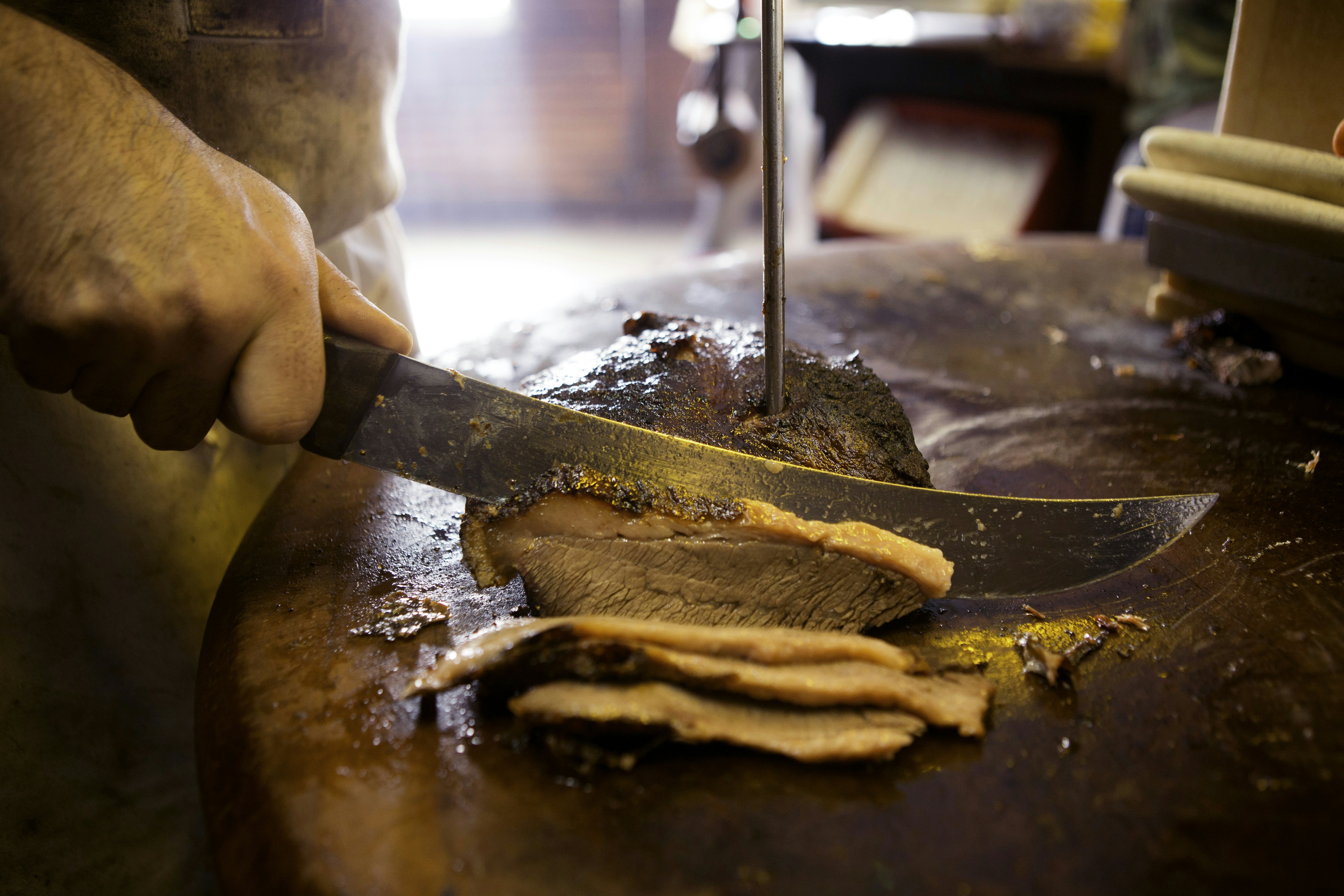
4. Eat barbecue brisket in Lockhart
While legendary barbecue pitmasters hold court across the Lone Star State, some of the longest-lasting legacies still call Lockhart home. Kreuz Market, Black’s Barbecue and Smitty’s Market are some of the best, but the mouth-watering brisket and smoked sausage are not the only reason to head to Lockhart. Be sure to admire the Caldwell County Courthouse and wander the historic downtown square, grabbing a refreshing drink at Old Pal Bar or a root beer float from Commerce Cafe.
5. Find peace in Houston's nondenominational Rothko Chapel
The Rothko Chapel in Houston was commissioned by Dominique and John de Menil (founders of the nearby Menil Collection) in 1964. They wanted to give a great artist the opportunity to create a spiritual place without any restrictions or ties to existing religions. American abstract expressionist Mark Rothko (1903–70) devoted the final years of his life to the project, and the octagonal brick structure holds 14 large Rothko canvases. The chapel receives over 100,000 visitors a year and an extension program is underway to include an event plaza, meditation garden and program center due for completion in 2026.
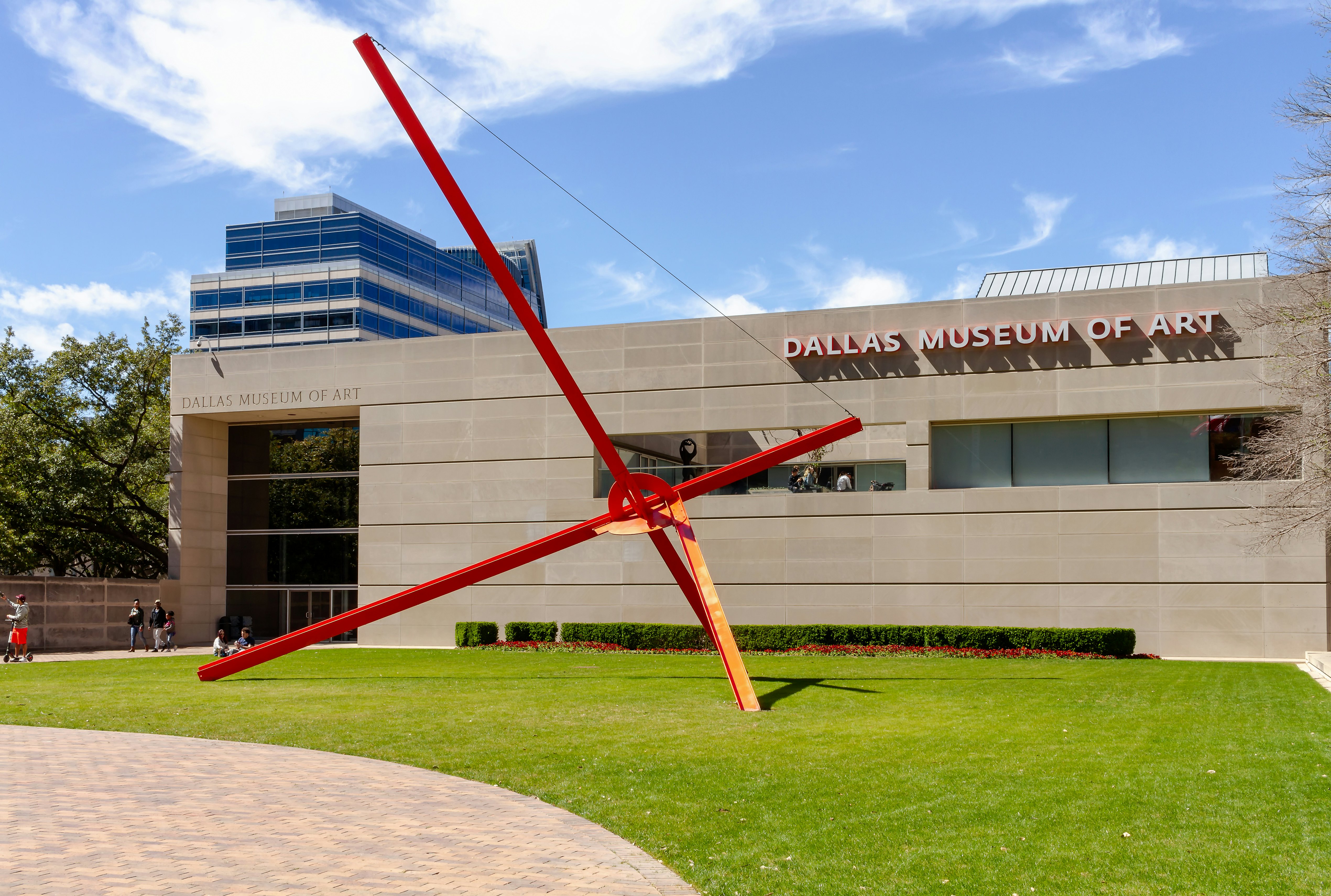
6. See a world-class collection at the Dallas Museum of Art
Expect a high-caliber world tour of ancient and contemporary pieces at the Dallas Museum of Art, home to one of the best collections in Texas. Archaeological treasures range from Greek, Roman and Etruscan masterpieces to wood carvings from Papua New Guinea and ceremonial costumes from Mali. Alongside paintings by Picasso, Monet and Van Gogh, American works include Edward Hopper’s enigmatic Lighthouse Hill (1927) and Frederic Church’s sublime The Icebergs (1861).
7. Explore WWII naval history aboard the USS Lexington
Docked in the bay at Corpus Christi, the USS Lexington is an Essex-class carrier that fought in WWII and was the oldest working carrier in the US Navy before it was decommissioned in 1991. Nicknamed the “Blue Ghost,” the ship arrived in its permanent home in Corpus Christi in 1992, where it now hosts a number of gripping exhibits. The flight deck is among the most popular, featuring 20 different aircraft from the National Museum of Naval Aviation.
Right next door, the Texas State Aquarium is the state’s largest aquarium and features a dazzling array of marine wildlife from the Gulf of Mexico and the Caribbean. Note that dolphins are kept in captivity here – animal-welfare groups argue that keeping such complex animals in enclosed tanks is harmful to them.
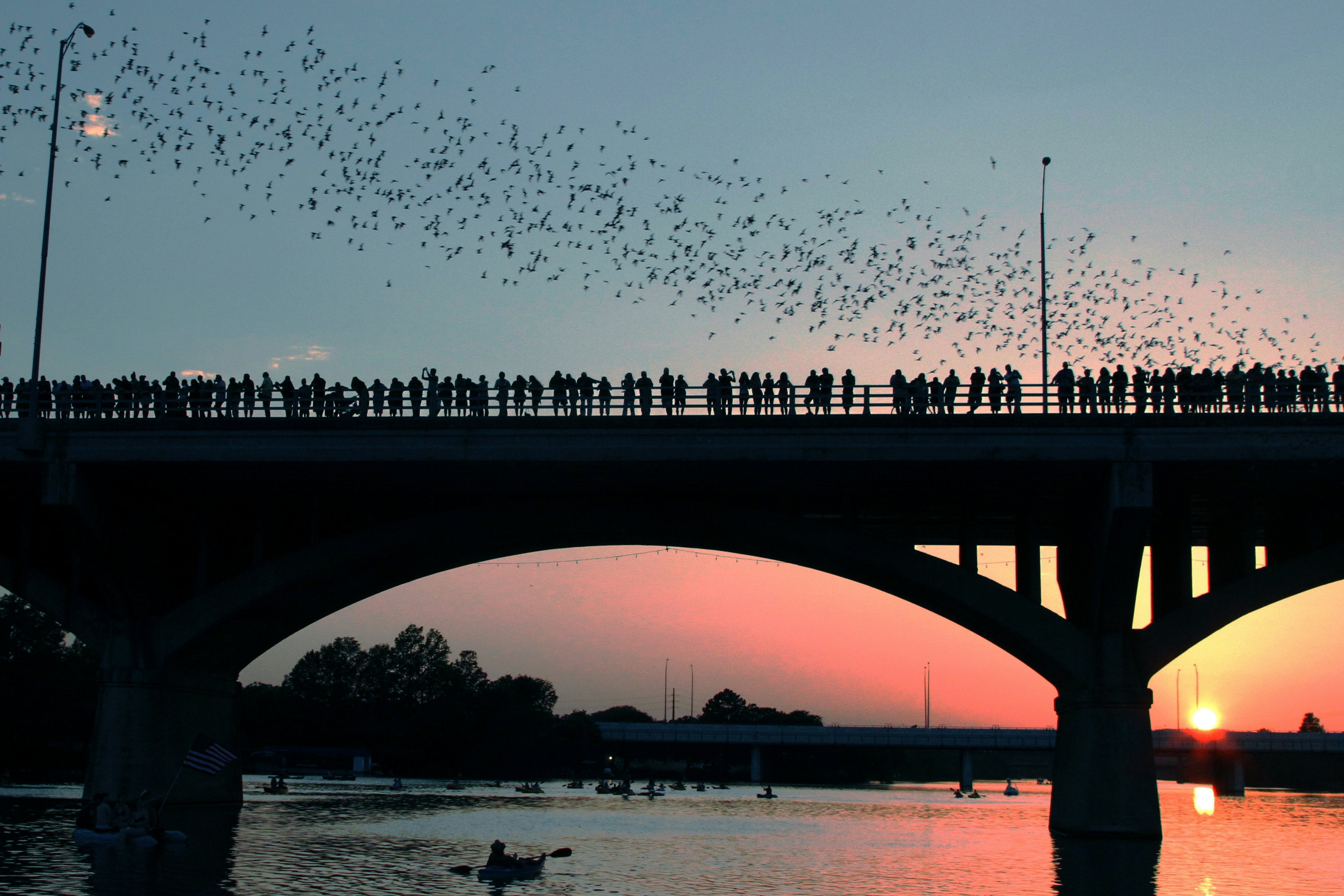
8. Marvel as bats fill the sky at sunset in Austin
Texas' ever-changing capital city has long been a bastion of diversity, creative talent and progressive ideals that stands out from the rest of the state. In downtown Austin, tuck into the food-truck scene, with stalwarts like Asador’s on Red River and DittyDog on E 7th St. Cycle along the 10-mile Ann and Roy Butler Hike-and-Bike Trail or picnic in Zilker Park with a view of the city’s growing skyline. In the warmer months, watch the natural world put on a show at Congress Avenue Bridge over Lady Bird Lake. Up to 1.5 million Mexican free-tailed bats make their home on a platform here and emerge most nights around sunset to feed on 30,000 pounds of insects.
Planning tip: The bats are usually under the bridge from March until November, but the most predictable and strongest viewings tend to happen in August. Watch on the sidewalk along the bridge or go to the bat-viewing area on the southeast corner.
9. Feel the power of Dallas' history at Pioneer Plaza
For a Texas-sized photo op, or simply a sight of one of the largest installations of bronze monuments in the US, head to Pioneer Plaza. Its showpiece – 40 larger-than-life bronze longhorns – pays homage to the Texas cattle drives that moved untold thousands of longhorns across the state to waiting railroad cars in the 19th century.
Detour: Head up the steps and deeper into the park to reach Pioneer Park Cemetery, the well-shaded resting place of many early Dallas settlers, with gravestones from the 1850s to 1920s.
10. Learn how Texas became Texas at Washington-on-the-Brazos State Park
About halfway between Houston and Austin, a humble little state park is known as the place “Where Texas became Texas.” Here, in a wooden schoolhouse at Washington-on-the-Brazos, delegates from across Texas gathered to sign the Texas Declaration of Independence on March 2, 1836. A digital copy of it is on display at the visitors center, which features an exhibit on the events that led to that declaration, as well as Texas’ subsequent fight for independence from Mexico.
Planning tip: The park is always worth a stop, but it really is the place to be on the first weekend in March for live reenactments of the 1836 Texas Army Camp.

11. Step back in time at the Fort Worth Stockyards
If you want to step back in time, look no further than the historic stockyards of Fort Worth. This is the destination for anyone wanting a front-row seat for an immersive experience of the history of cattle drives in Texas. A genuine herd of longhorns parades East Exchange Avenue twice a day, or you can see them up close and personal at the Livestock Exchange Building on weekends through the summer.
12. See the stars at McDonald Observatory
You probably know that the “stars at night are big and bright, deep in the heart of Texas,” and there’s no better place to see that than the McDonald Observatory in Fort Davis. A research unit of the University of Texas at Austin, the observatory offers interactive educational exhibits and regular evening programs for stargazing. Book in advance to go to a Star Party, which features night sky constellation tours and access to state-of-the-art telescopes in the Rebecca Gale Telescope Park.
Planning tip: Stay at the Indian Lodge at the Davis Mountains State Park, and don’t miss the 75-mile scenic loop through the Fort Davis Mountains while you are in the area. Winding through Limpia Canyon and past Mount Livermore, the drive is the highest public highway in Texas – and one of the most unforgettable experiences in the Lone Star State.

13. Wave to Big Tex at the Dallas State Fair
Perhaps the most famous cowboy in Texas, Big Tex resides in Dallas at the historic Fair Park, home to the annual State Fair of Texas. Big Tex has been the event’s mascot since 1952 (though he almost burned down in 2012 due to an electrical fire). He stands at the heart of the fair, which also features a full auto show, live performances and the famous Ferris wheel. America’s largest since it debuted in 1985, the views across Dallas and down at the fairgoers below are unforgettable. But most memorable of all, of course, are the endless booths of fried foods on display. From fried Oreos to fried bubblegum and cotton candy tacos, vendors introduce crazy new experiments every year. In 2025, the fair runs September 26 through October 19.
Detour: For a total change of pace, take a 15-minute drive to Dallas Arboretum and Botanical Garden. This gorgeous 66-acre site is a rainbow-colored wonderland of plants and flowers, artworks and artificial waterfalls. It's one of the city's loveliest green spaces, and a great place to escape Dallas' motor city vibe and breathe clean, plant-filtered air.














